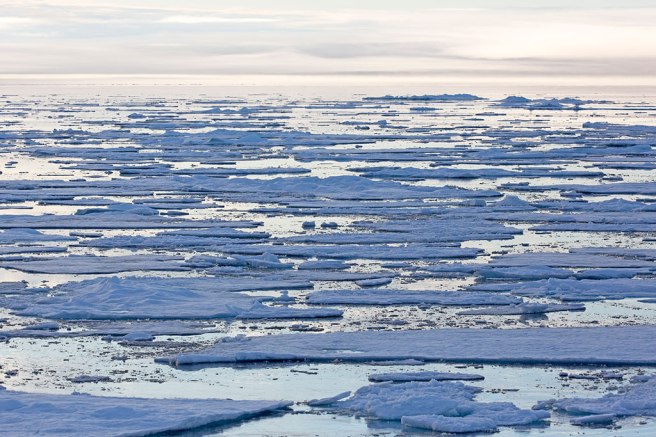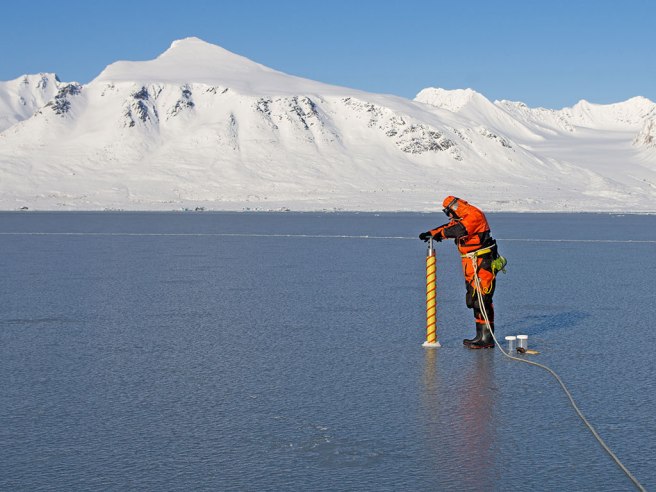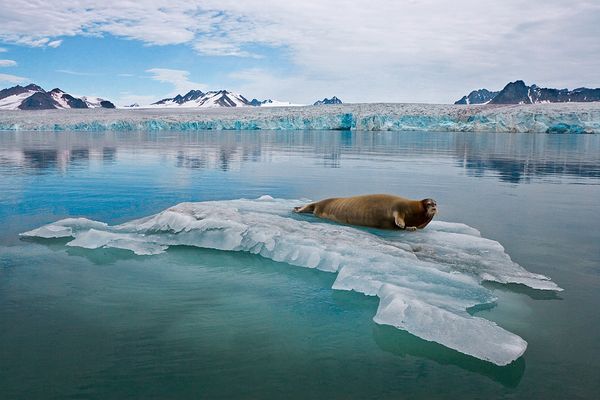Block 3: Climate Change: From Science to Sustainability
Chapter 1 The climate strikes back
Chapter 2 A citizen’s guide to climate science
Chapter 3 Planetary engineering
Chapter 4 Tuning in: integrated assessments of climate futures
Chapter 5 Listening out: climate, politics, philosophy
Chapter 6 Climate change and sustainability – inseparable
Chapter 7 Changing the world
Part 1
The IPCC’s Third Assessment Report is the most far reaching and definitive wellspring of logical data on the present status and future ramifications of environmental change. Be that as it may, the progression of the foramal IPCC peer audit prepare joined with the many-sided quality of the fundamental science give a lot of chances to cynics to point towards many outstanding instabilities in this evaluation of environmental change.
Environmental change is presently a key segment of worldwide political and social awareness and is being connected to the more extensive idea of economical advancement.
Clear confirmation of temperature-related changes in different physical and natural frameworks is mounting, which together constitute early cautioning indications of worldwide environmental change. In the event that the IPSS’s projections of the size of future environmental change over whatever is left of the century are sensibly precise, the notice signs are probably going to wind up plainly much clearer and louder inside the following two decades or somewhere in the vicinity.
Environmental change will have negative and beneficial outcomes on various parts of the atmosphere framework and in various locales of the world. There will be some evident washouts and a few champs. Generally speaking, the most recent incorporated appraisal models recommend that atmosphere will be a net issue for humankind; that is, its expenses will exceed any advantages. As GMST rises, the general cost increments altogether.
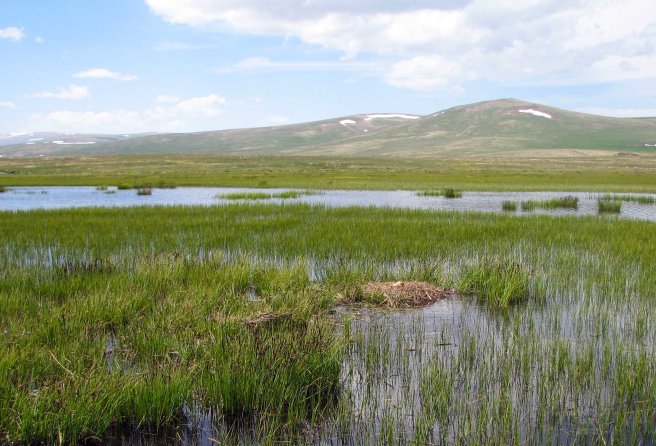
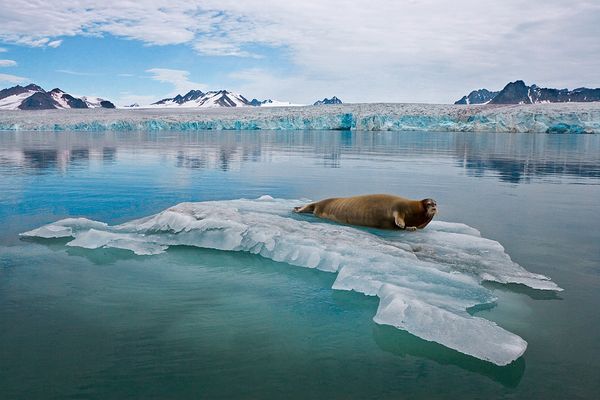

Environmental change introduces an assortment of various sorts of hazard related with increments in worldwide mean surface temperature. Those dangers increment significantly as projections of temperature change increment.
The nursery impact is not about nonexistent glass sheets at the highest point of the climate. It is all the more precisely portrayed as the retention and re-emittance of sunlight based radiation that has been re-transmitted by the surface and the environment as infrared radiation by some follow gasses, for example, carbon dioxide.
A little change in the centralizations of nursery gasses acts to incidentally expand the inward rate of warm reusing between the environment and the surface. The commitment of various nursery gasses to a dangerous atmospheric devation can be thought about utilizing the Direct Global Warming Potentials. DGWPs permit the warming impact of various amounts of various nursery gasses to be communicated in mass units of CO2e. Environmental change is the aftereffect of a causal chain of impacts, procedures and outcomes as appeared in Fig 1.25 (and beneath).
human movement (eg driving an auto) produces …. ozone harming substance discharges that prompt … expanded ozone harming substance fixations that cause … an improved nursery impact which brings about … expanding GMST that causes both immediate and circuitous … changes in physical and natural frameworks (eg ocean level ascent)
part 2
environmental change is driven by both inner and exgernal impacts on the Earth’s atmosphere framework. The atmosphere framework is held in adjust through the association of numerous positive and negative criticisms amongst parts and biogeochemical forms. These procedures occur at an extensive variety of rates – some event inside weeks, others taking hundreds of years. Once aggravated, a few procedures in the atmosphere framework (eg ocean level ascent) will bring hundreds of years to settle down once more.
The Earth’s atmosphere is evolving. The IPCC has inferred that ‘a large portion of the watched warming of the previous 50 years is owing to human movement.’ Three pices of logical proof are at the heart of this conclusion: (i) expanding environmental centralizations of carbon dioxide, methane and nitrous oxide; (ii) expanding worldwide mean surface temperature; (iii) watched changes in an assortment of pointers that bolster this incorporate ocean level ascent and climate markers.
We have so far consumed about a fifth of the referred to petroleum product holds and perhaps as meager as cycle a twenthieth of what may be there. Harsh estimations propose that adjustment at 450 ppm obliges us to point of confinement aggregate total outflows to 670 GtC contrasted and teh 406GtC that we have as of now transmitted since the begin of the Industrial Revolution.
Seeing how different components influence radiative driving and accordingly GMST gives an understanding into the vulnerabilities that pervade atmosphere expectation. A wide range of components and procedures in the atmosphere framework help decide GMST.
Foreseeing future environmental change is exceptionally indeterminate. Thei sister because of a course of vulnerabilities beginning in the cause-impact connections between emanations, focuses, radiative compelling, worldwide mean surface temperature increments and coming about atmosphere impacts. Atmosphere models are enhancing relentlessly, however can’t yet completely imitate the conduct of the atmosphere framework.
By and by, future changes in air arrangement and atmosphere are unavoidable with increments in temperature and some outrageous occasions, and local increments and abatements in precipitation, prompting an expanded danger of surges and dry seasons.
There are both valuable and antagonistic impacts of environmental change, yet the more prominent the expansion in GMST, the more the unfriendly impacts prevail with creating nations being the most powerless. It is hard to evaluate the potential advantages and harm that environmental change may bring about.
It is conceivable that human-prompted environmental change could set in movement huge scale, high-affect, non-direct, and possibly unexpected changes in physical and organic frameworks over the coming decades to centuries. The dangers of such occasions ascend with the expansion in GMST.
part 3
The worldwide political reaction to environmental change is generally later. Formally starting in 1994 with the foundation of the UNFCCC, it was activated by two many years of logical appraisal.
The UNFCCC is the inside peice of the worldwide political reaction to environmental change. The center of the UNFCCC is a structure of a focal Objective, some managing Principles and a progression of Commitments. The goal of the tradition is celar in one sense, however open to extensive logical and political vulnerability in different ways. The directing Principles are covered with potential wellsprings of political instability. The Commitments contained in Article 4 recognize those that apply to all nations, and those that apply to created nations (Annex I nations).
Creating nations recognize three unmistakable sorts of ‘atmosphere effect’ : genuine effects (eg ocean level ascent), financial and social effects (eg cost of adjustment and moderation), and monetary and social effects on petroleum derivative sending out nations thus of changing to sustainable power sources.
The Kyoto Protocol essentially reinforces the UNFCCC administration. It adds lawful teeth to the atmosphere transactions. Its principle advancements are evaluated focuses for ozone harming substance diminishment for created nations that can be augmented endlessly, the likelihood of emanations exchanging among Annex I nations and the open door for created nations to set out on clean improvement ventures with creating nation accomplices.
As far as planetary administration, the Kyoto Protocol is just a little stride. Be that as it may, as far as changing the connection between financial development, vitality utilize and ozone depleting substance discharges, it is a significan step. These two alternate points of view on a similar Treaty give some knowledge into various perspectives of the hugeness of the Kyoto atmosphere administration.
Regardless of the possibility that Kyoto (in its first duty period, 2008-12) is executed completely, it will have an extremely constrained effect on future increments in GMST. Significantly harder lessening targets will be requied later on to balance out the atmosphere.
Part 4
The UNFCCC and its Kyoto Protocol are “living” assentions at the heart of the worldwide political reaction to environmental change. The Kyoto 2012 targets are the main little strides of numerous increasingly that will be fundamental on the off chance that we are to balance out the atmosphere by slicing emanations by up to 60-90% contrasted and their present levels.
An incorporated way to deal with thoroughly considering environmental change considers the adjust of expenses (however characterized) between (a) the same old thing (doing close to nothing or nothing), (b) adjustment and (c) moderation. There are costs, dangers and exchange offs related with every one of the three reaction choices. Distinctive countries see these in an unexpected way. For huge producers, for example, the US, China, Europe and India, every one of the three expenses are critical. For little producers, for example, little island expresses, the exercise in careful control is significantly less difficult; they should adjust the cost of atmosphere harm against the cost of adjustment to environmental change.
Five key components decide the cost of atmosphere adjustment; standard suppositions; the atmosphere adjustment level; speed of adjustment; the weight sharing administration; and tenets overseeing utilization of Kyoto instruments.
Coordinated evaluation models help chiefs thoroughly consider the ramifications of various game-plans in reacting to environmental change. They connect biogeochemical changes in the atmosphere to financial effects in four stages: outflows situations; air fixations; changes in atmosphere; and financial effects. There are instabilities in each progression and these course starting with one stage then onto the next.
The utilization of quantitative models as choice bolster devices is a basic piece of envrionmental strategy making. Vulnerabilities possess large amounts of natural displaying, swarming even the least difficult models. Displaying future worldwide discharges is an exceedingly complex assignment, as there are impressive vulnerabilities in the forecast of every one of the three key main impetuses of worldwide emanations models (populace, wage patterns and mechanical change).
Great situations involve a conceivable arrangement of evaluated factors, associated to a persuading story line. The IPCC utilizes situation investigation widely in its evaluations of conceivable future environmental change as a method for conquering issues about multifaceted nature and instability. The IPCC TAR distinguishes four groups of situations – two fixated on monetary advancement and two on natural upgrades. The situations are not expectations or gauges, and none is more probable than another. They all likewise accept ‘no new atmosphere strategies’ later on, yet some of them additionally speak to low carbon fates.
The idea of discharges baselines is crucial to the comprehension of alternate points of view on the way of the atmosphere adjustment challenge. A “gauge” is a non-atmosphere intercession situation. there is no single basline; diverse reviews, researchers, policymakers and examiners all make distinctive judgements about the future benchmark relying upon how hopeful or skeptical, standardizing or enlightening, they are about changes in key main impetuses (populace, salary and innovative change).
The contrast between the benchmark and future atmosphere adjustment targets (eg 450, 550 or 650 ppm) is an intermediary measure of the political, financial and social test of overseeing environmental change. The financial and social expenses of adjustment are more noteworthy, the higher the benchmark or the lower the adjustment levels. On the other hand, the cost of adjustment is lower for lower baselines or higher adjustment levels.
Discharges from creating nations are developing frive times quicker than in the industrialized world, and will right away make up the lion’s offer of worldwide outflows. Environmental change is a worldwide issue, which requires a worldwide reaction. It is far-fetched that created nations will keep on acting alone without the collaboration of creating nations. In any case, we are comfortable begin of building up precisely on what premise – and by which rules – created and creating nations ought to share the weight of emanation diminishment. In the following decades we are probably going to witness serious and disputable arrangements of how all countries can push ahead together as a worldwide group in the scan for an impartial way to deal with accomplishing Article 2 of the UNFCCC.
Part 5
Banters on activity on environmental change identify with each size of human action, and oblige us to take a gander at inquiries of value, powerlessness and obligation crosswise over time and space.
Created world ways of life and utilization examples are the wellspring of major worldwide issues – environmental change most importantly. Arrangements do exist yet they request both venture and responsibility – from people and government at all scales.
Financial matters presents both open doors and issues in the scan for ecological and government managed savings and quality later on. Techniques, for example, reducing can be quarrelsome, however the disguising of externalities can be productive.
Elective methods for contemplating ecological issues are various. Lovelock’s Gaia speculation is one that offers an alternate beginning stage, in view of the drawing togethre of land, environmental and organic sciences. It contends for thinking about the Earth regarding Gaia – a solitary living life form.
The Gaia theory has motivated one political logician to propose a political framework dependent on collaboration remedying the over-augmentation of Darwinist comprehension of rivalry and development into social and political logic.
An asset report of both natural financial matters and Gaian approaches recommends that there is no single store of down to earth or philosophical responses to manage our repsonses to environmental change. Or maybe, we might need to take a basic and receptive way to deal with a scope of controls.
Part 6
Environmental change denote an unmistakable change in the way ecological issues are caught on. The total of individual activities is currently observed to bring about physical worldwide ecological changes, as restricted essentially to plunder of the characteristic world or depletion of assets.
The scope of controls, including nature, thermodynamics and ecological financial matters, have formed both environmentalism and the idea of reasonable advancement.
There are counter contentions to environmentalism that have stood the trial of time, having been reliably postured since the mid 1970s.
Environmental change and inquiries regarding the way of improvement are inseparably bound up together. The issue loaned compel to the idea of maintainable improvement and achieved a ‘moment wave’ of support for environmentalism. The idea fills in as a political trade off amongst condition and advancement concerns. Its usage has demonstrated significantly harder than characterizing it.
Endeavors have been gained to express ground towards economical improvement regarding precisely picked pointers and records. In spite of the fact that they have not gotten general society creative ability, they could serve to take environmetnal worries into the casing of considering standard government and business leaders.









